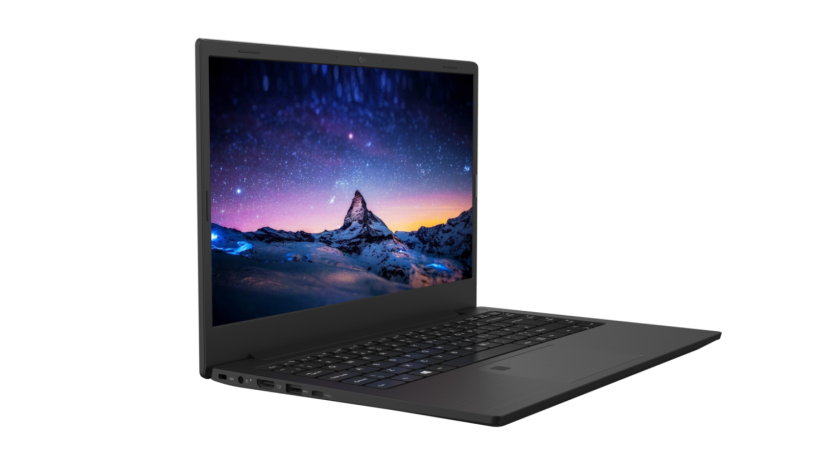The world's first laptop using the RISC-V instruction set, called ROMA, has reportedly been available for preorder, according to a report by Phoronix.

China-based DeepComputing and Xcalibyte will create ROMA. With support for RISC-V and most Linux operating systems, the laptop has up to 16GB of LPDDR4/LPDDR4X memory, a quad-core RISC-V processor, and up to 256GB of storage.
Critical Turning Point
In the RISC-V community, the ROMA represents a critical turning point. Although the architecture is more common in the server business, it has not been widely adopted in the consumer space, according to Tom's Hardware.
Tom's Hardware further noted that the RISC-V model would mostly be used by app developers who employ the RISC-V instruction set.
The laptop will feature the first 12nm/28nm SoM package in the world, according to a press statement from DeepComputing. For accelerating 3D/2D and AI, the processor will have four cores, a GPU, and an NPU. There will only be 100 ROMA laptops made, all of which are already up for preorder.
Every ROMA will also have a distinctive NFT, and the customer has the option to personalize the notebook with your name.
Even though by modern standards, RISC-V is a somewhat outdated instruction set, the computer industry has recently begun to utilize it widely.
RISC-V is superior to popular instruction sets like x86, AMD64, and ARM in many ways. The most comprehensive of them is completely open-source licensed, allowing anyone to use the architecture, according to Tom's Hardware.
Adopting a more straightforward RISC architecture rather than CISC sets RISC-V apart from x86 and AMD64 in terms of performance.
Read also : Top 5 Lightweight Windows Laptops to Buy: Samsung Galaxy Book Pro, Acer Swift 5, and MORE
RISC'S Goal
The goal behind RISC, or a Reduced Instruction Set Computer, is to use basic commands that may be finished in a short period. However, the technique's drawback is that it needs more code to accomplish a performed task, but its benefits include a long-lasting battery and greater energy consumption.
The antithesis of RISC is a sophisticated instruction set computer or CISC. The objective is to do jobs with a few lines of code rather than executing instructions in a short period, which typically results in instructions taking numerous repetitions to complete.
Although RISC-V can be employed in the consumer market, competition from several instruction sets has forced it to focus on the enterprise sectors.
Almost every RISC-V-based processor is designed to perform AI, HP, and other higher processing tasks. However, Tom's Hardware stated that RISC-V has the potential to break free of this mold if more devices are released with these kinds of CPUs.
Related Article: Is MacBook Pro M2 Slower than its Predecessor? Here's What the Performance Test Shows
This article is owned by Tech Times
Written by Joaquin Victor Tacla
ⓒ 2025 TECHTIMES.com All rights reserved. Do not reproduce without permission.




